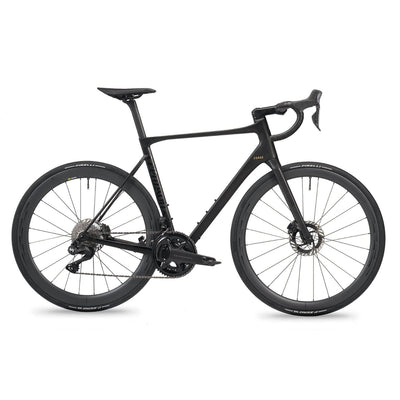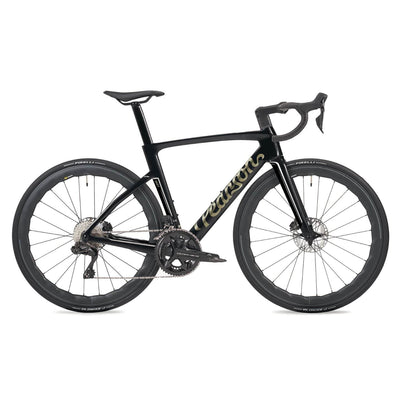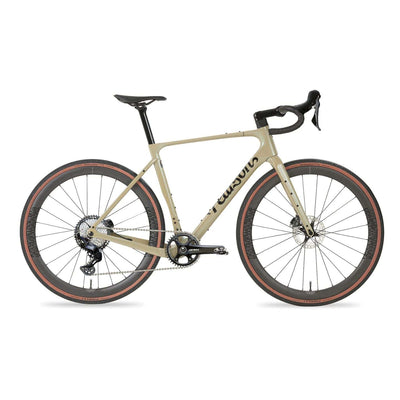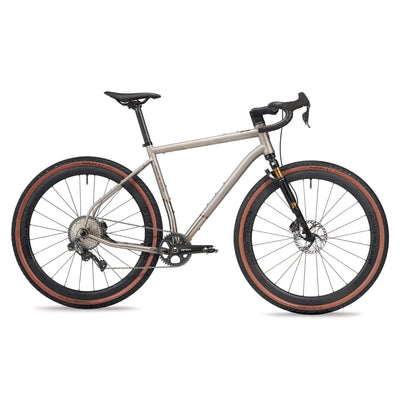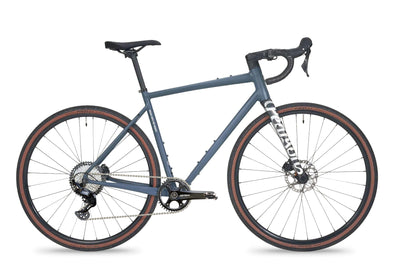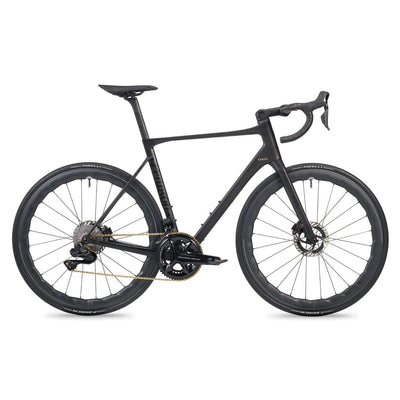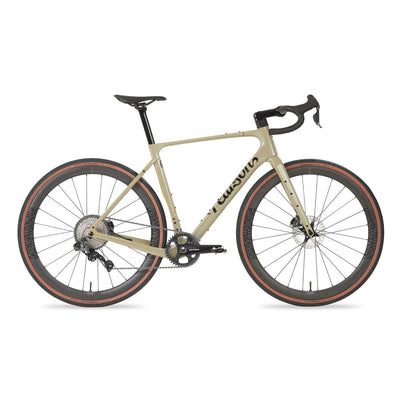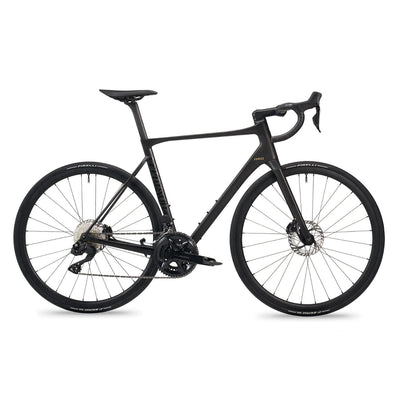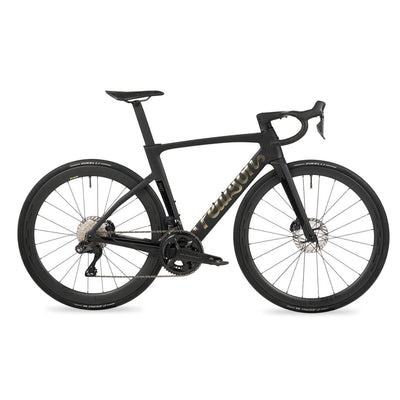What’s the big deal with gravel riding?
Gravel bikes have really taken off in a big way in the last few years and there’s more and more choice of gravel equipment - not just bikes but wheels, tyres, clothing and luggage. All the big groupset makers now make gravel-specific components too. So why are riders taking to gravel bikes?

First up, “gravel bike” is a bit of a misleading term, particularly in the UK where significant lengths of gravel roads are quite hard to find and link together. It’s a snappy catch-all term for a drop bar bike that can be ridden off tarmac though and less ungainly than “adventure road” and other names applied to this style of riding.
But gravel bikes have the features like a more upright ride position, wider tyres and lower gears that let you mix some off-road sections into your routes, while still retaining the road bike features that let you get on at a good pace on tarmac.
Here are nine reasons why you might want to invest in a gravel bike.
Find new routes
With a gravel bike offering off-tarmac riding, it’s easy to take to bridleways and other paths that you would probably not want to attempt on a road bike. That lets you link roads together in new ways and do a bit of exploring around your normal routes, returning to tarmac when you want to travel a bit faster.
So you can up your route options considerably, taking in as little or as much off-tarmac as you want. You’ve also got options like the North Downs Way, the South Downs Way and the Downslink cycle path which will let you get in a whole day’s riding off road.
Up your skills
Loose surfaces require a different set of riding skills to tarmac. To start with, you need to pedal smoothly to maintain grip and traction and avoid skidding on a range of different surfaces.
Particularly if it’s muddy, you’ll improve your balance too, as your bike is likely to slip around much more than on tarmac. After a while, you’ll find that correcting a skid becomes second nature - a useful skill on tarmac as well as off.

You’ll also learn to read the path ahead and steer around obstacles, and dismount and remount smoothly if you come to stretches that can’t easily be ridden. Most gravel bike riders use two bolt cleats and pedals, with the grips on the shoes’ soles making walking with the bike a lot easier.
Get out of your comfort zone
It’s fairly easy to just end up covering your normal routes over the same roads at the same pace on a road bike. But heading off road will open up new challenges, like steeper terrain, tricky descents and uneven paths that will take more expertise to ride.
You’ll learn to negotiate slippery drops and how to hop obstacles like fallen branches, as well as to beware of damp tree roots and sharp stones.

It always surprises me too that on wet or cold days when I probably wouldn’t get out on a road bike, I’m perfectly happy to go out for hours on a gravel bike, ploughing along muddy paths or fording streams over the bike’s axles. On a gravel bike, it’s all part of the fun.
Get a different workout
Ups and downs off road tend to be steeper than on road and with the loose, uneven surface it’s trickier to keep going. On the other hand, you may encounter areas where you need to slow down and pick your way between obstacles.
So the exercise you get when riding a gravel bike tends to be more bursty than when riding solely on road and you can make it more akin to short intervals. You’ll usually have to put in the extra effort while remaining seated too, giving your thigh muscles a workout.

That means that you get many of the exercise benefits of short interval work, which can up both your aerobic and anaerobic exercise capacity, in a format that’s less structured and that you may find more enjoyable. Again, it’s a break from routine.
Faster on road than an MTB
Unless you plan carefully, there aren’t many excursions in the south of the UK that are completely off road and you’ll usually find that on a reasonable length ride there are unavoidable sections of tarmac.
That’s much easier on a gravel bike than on a mountain bike, as you’ve got higher gears available and the ride position is more appropriate for riding on tarmac and more aero. Gravel tyres are typically narrower and have lighter treads than MTB tyres too, so you will have less rolling resistance.
That means that you can often ride tarmac sections almost as fast as on a road bike, so you can cover more ground more easily than on an MTB, letting you explore further afield. You’ll have the versatility to vary the on/off-road mix of your rides.
And more comfortable than a road bike
A gravel bike will have wider tyres than a road bike - usually at least 35mm - run at lower pressures. The ride position is typically more upright than on a road bike too. That leads to a more comfortable ride over the typical poorly maintained tarmac on UK roads. There’s more grip to get you through debris and the tyres are tougher, so you’re less likely to get flats.

So a gravel bike is a good option for commuting as well as for weekend outings - and you’ll probably find new routes to and from work that get you away from traffic and onto quieter back roads, cut-throughs and towpaths, making the commute less stressful and more enjoyable.
A bike designed for the conditions
The design of gravel bikes has evolved since they first emerged in the mid-2010s, when they tended to be based on road bikes, but with wider tyres.
Modern gravel bikes typically have a more relaxed steering geometry for more stable handling, with a shorter stem that helps retain steering responsiveness to tackle obstacles. Gearing has got lower too, with super-compact groupsets and wide ratio cassettes giving lots of low end to tackle off-road climbs while remaining seated, without sacrificing too much top end speed.

There’s a wide range of tyres available for different conditions as well, so you can choose a width and tread pattern to suit the conditions where you ride. Tubeless wheels and tyres are more-or-less standard on gravel bikes, so that there’s a lower risk of punctures and pinch flats can’t happen.
Most gravel bikes will take 650b wheels as an alternative to 700c, which allows you to increase tyre width even more, for more grip and comfort. They’re built to offer the clearance for these extra-wide tyres without clogging up with mud.
Gravel bikes typically have plenty of mounting points for bottles and baggage as well, so you can load up for longer trips, while the option to fit mudguards makes a gravel bike handy in the wet. Again, that’s useful for commuters.
Go bikepacking off the beaten track
If you’re more ambitious, a gravel bike is a good option for overnight and multi-day trips, both on road and into the unknown. Although you can fit a rear rack to most gravel bikes, riders will normally choose bikepacking bags which attach directly to the bike’s frame.

That forces you to travel light, so you’ll be faster and will have to be more resourceful. Gravel riding clothing is typically designed for versatility and to cope with a range of weather conditions. There’s usually lots of carrying capacity too, with loads of pockets.
Take part in sportives
Alongside the increasing interest in gravel bikes, sportive organisers are offering an increasing number of gravel events to cater for riders who want to ride off-road on less demanding terrain than that typical on MTB sportives.
A gravel bike is perfectly capable of handling the majority of MTB sportives too - you just might get some funny looks.
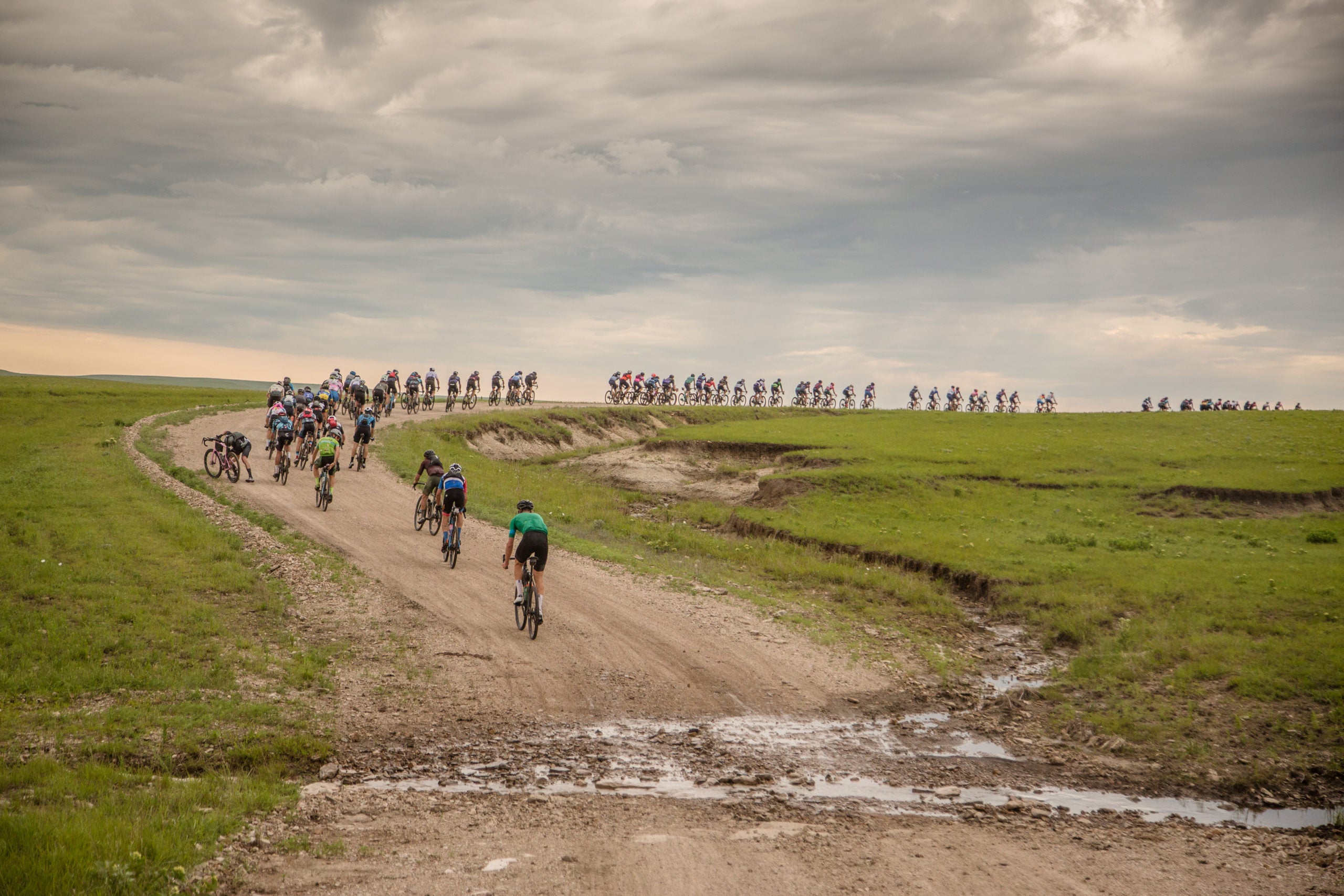
In the United States, there’s a big gravel racing scene as well, with races over hundreds of miles attracting a fair few ex-pro road cyclists as well as professional gravel racing specialists. That’s not yet taken off here but expect UK gravel racing to develop to cater for riders who want to compete off-road.
Pearson’s gravel bike and equipment range
Here at Pearson we’re great fans of gravel bikes and offer models in titanium, carbon fibre and aluminium.

The On And On carbon gravel bike starts at £3,550, but again there are options to upgrade including electronic shifting and our robust, rather fast looking Hoopdriver Rock And Roll carbon gravel wheels.

If you’re after an alloy gravel bike, our Rough With The Smooth offers all of the slick looks of the On And On, at a slightly lower price bracket to provide entry into gravel riding, with a Shimano GRX gravel groupset, robust wheelset and tyres to take you wherever you want.
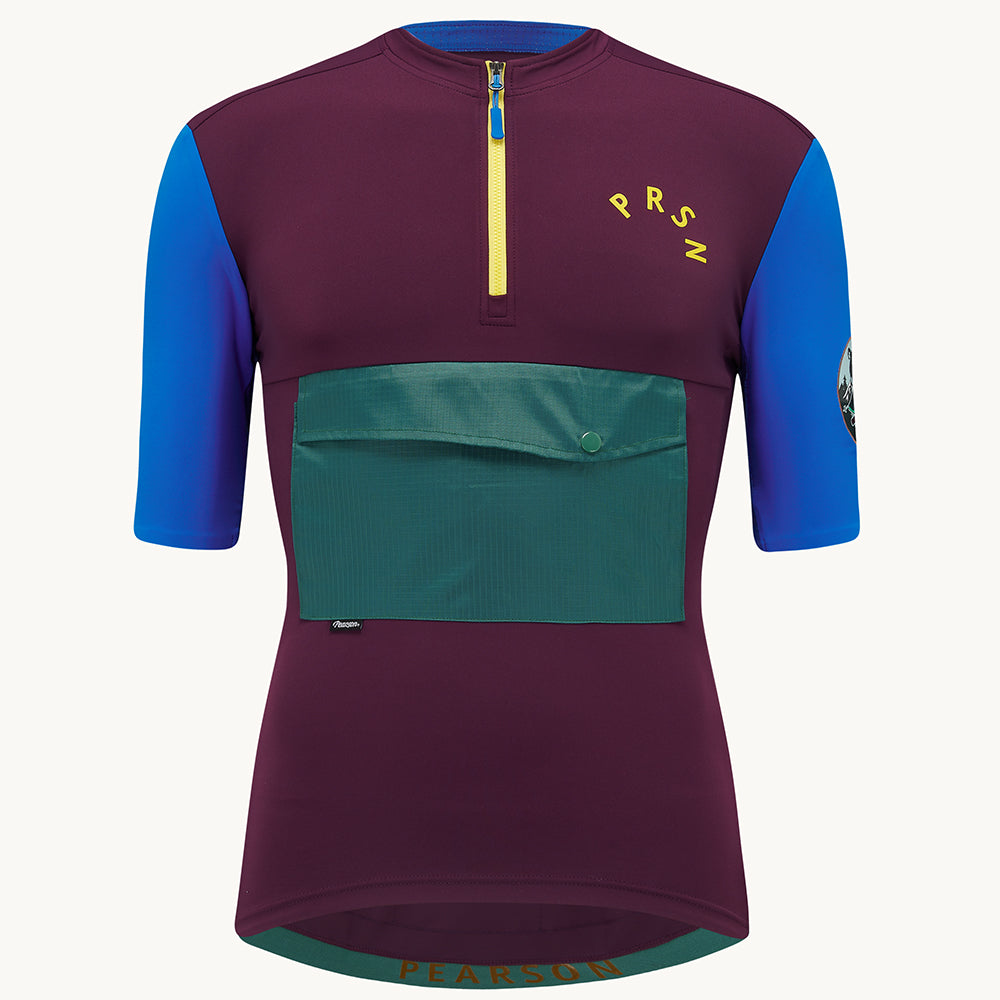
We’ve got a whole plethora of gravel gear to ensure you stay stylish whilst tackling the trails, with an abundance of storage and colour on both our Stowaway jersey, and Manouevre bib shorts - available in men's and women's sizes.
If you would like to know more about one of our bikes, book an appointment to chat through with one of our experts today.
View the Pearson Gravel collection here >
Strava vs. Komoot: what's the best cycling app? Read our verdict here >
The roots of gravel - find out where they are planted here >

